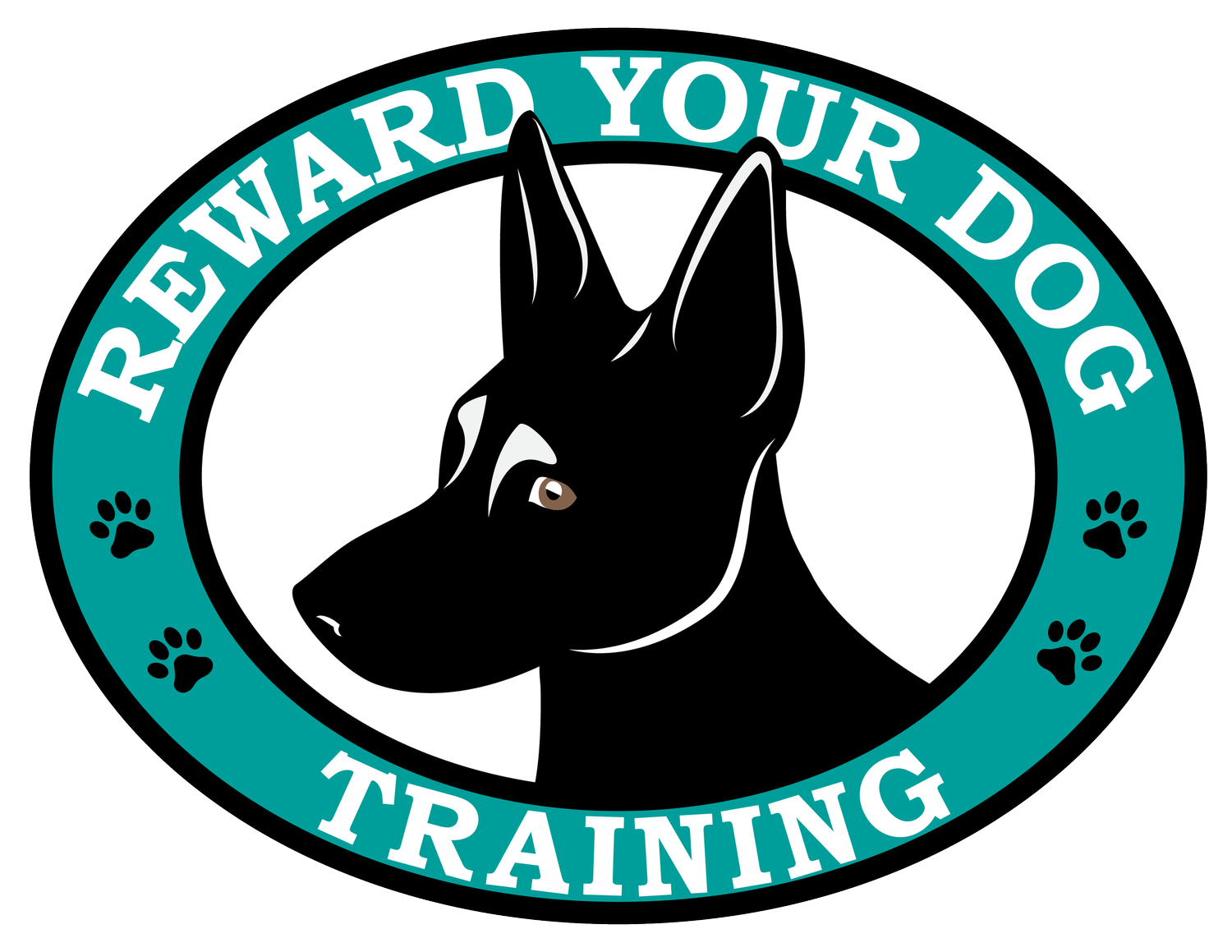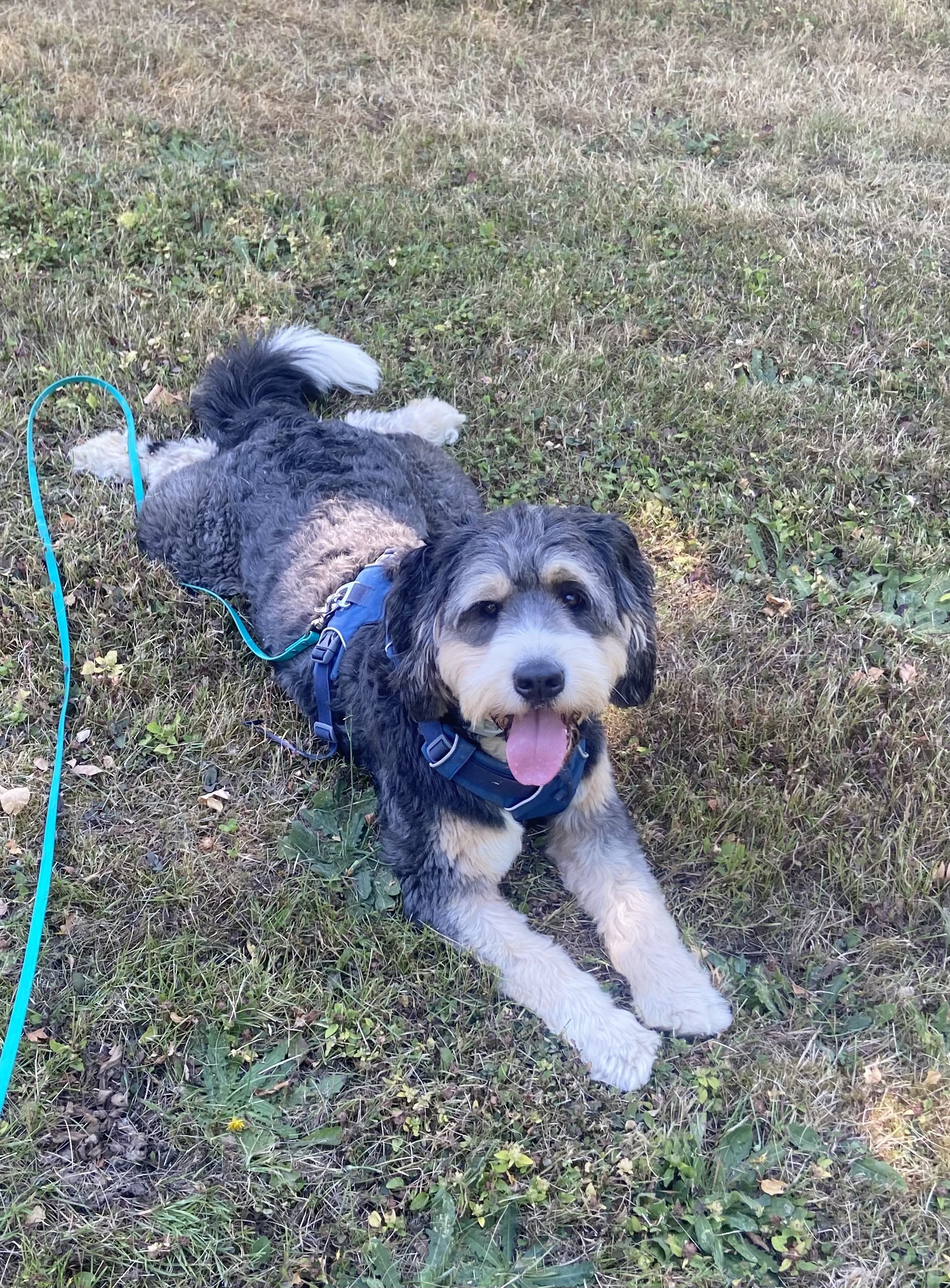De-Stress for Training Success
Murph is enjoying a long line outing as part of his decompression program while working on his human and noise reactivities.
When you’re working on your dog’s big feeling around a trigger, for example other dogs, humans, or sounds, you may sometimes wonder if a given session did a lot for your dog - and you’re absolutely correct to be asking yourself this question. Even though we wish to be able to help our dogs to overcome their fears and reactivities easily and quickly, that isn’t always possible. And sometimes it’s not just what you’re doing but when you’re doing it.
Here are some tips on how to gauge whether your training timing is appropriate for maximum comfort and benefit to your dog:
Prerequisite for Working on Your Dog’s Emotions: A Relaxed Dog
First, your dog needs to be reasonably relaxed to be able to create positive associations. When your dog is already in a state of stress, it’s much easier for their nervous system to “spike” (hello, stress hormones) and for them to have negative feelings more quickly. This gives you much less leeway for training and can potentially do more harm than good for your dog.
Stress hormones hang around the nervous system longer than previously thought, which means that we need to be extra careful when setting up exposure sessions. The following are two excellent rules to stick to:
If your dog has a big stressful event, give them 3-5 days to fully decompress from it before working around any triggers again. Similarly, if your dog experiences a series of triggering events, they may benefit from a decompression period as well.
Forego sessions if your dog had a stressful day or had a stressful event in the recent past. If you are working with a trainer, let them know before the session what happened - they may either choose to reschedule with you or rework the session plan so that you and your dog still get the benefits or training without added stress. If you were going to do an exposure session on your own or have a big, fun outing, change your plans and pivot towards a decompression activity instead.
On days where you are planning exposure sessions or have one set up with your training, you want to set yourself up for success by doing the following:
Give your dog easy, fun activities before and after your training session. These can be whatever your dog enjoys and finds relaxing, such as chewing a bully stick, licking a frozen kong, going for a sniffy walk in a quiet area, or even taking a nap. Avoid doing hard things on those days.
What If My Dog Is Always Stressed?
If your dog lives in a constant state of stress, you will need to reconsider your dog’s current level of activity, the types of activities you offer them, the environment they live in, and more.
Environment
A huge factor in your dog’s life is the environment they live in. We call things that your dog finds stressful triggers. Common triggers for dogs are, for example, other dogs, people that look a certain way - children, tall people, folks in hats, loud vehicles, things with wheels - bikes and skateboards, or sudden loud sounds. Some dogs have very specific triggers while others may be reactive to a variety of things. Everytime your dog is exposed to a trigger, they experience stress, which causes a spike in stress hormones in their bodies. Since dogs hang on to stress hormones longer than us, they are often prone to “stress stacking” - when they are triggered multiple times, they may become more stressed and be much quicker to have outbursts. This can lead to living in a state of chronic stress, which is harmful to physical and mental health.
Activity Level
Dogs can be stressed when they are too active or performing too many high energy activities, but they can also experience stress when they are not active enough. For example, my dog Ozy will begin chasing the cat when he does not go out on enough off leash outings per week - the magic number for him is 3, though he would gladly take 7. I also know dogs that play an hour or more of fetch per day, which keeps them in a state of high, chasey stress. My young dog Yggie really benefits from doing problem solving activities, such as trick training, and thrives with more chewing opportunities. Depending on age, breed, and personality, finding the right activity level can significantly help your dog.
Next Steps: A Decompression Period
If you suspect that your dog experiences chronic stress, the best thing you can do as a dog guardian is identify your dog’s triggers and start gauging how much your dog can handle. Be protective of your dog’s emotional wellbeing in the same way that you protect them from physical harm.
When your dog’s behavior is escalating, it may be time for a decompression period, which can last up to two weeks.
During this time, try the following:
Create a safe area for your dog with noise dampening (fan, white noise machine), visual barrier (closing curtains or blinds, window film, etc.) and comfort items (toys, chews, favorite blanket, open “den”)
Limit activities to things that don’t contain triggers. Limit or suspend walks and replace them with activities that fill your dog’s cup without triggering them, such as going to Sniffspots, long line sniffs in quiet areas, toy play inside the home, food enrichment, etc.
Spend time with your dog by offering soft touch, massage, or just focused loving attention
Use positive reinforcement training to enrich your dog and build comfort in the world.
The Role of Medication
If, however, you notice that you simply cannot keep your dog from feeling constant stress even by changing as much as you can, you may wish to seek help from a vet or veterinary behaviorist to discuss anxiety medication for your dog. It’s better to seek medication help sooner rather than later to prevent your dog from experiencing stress and practicing compensatory activities, such as alert barking.
Concluding Thoughts
Living with stress isn’t easy for dogs or humans. If you’re hoping to help your dog overcome their stressors, you will need to help them regulate their nervous systems to some extent, for example by implementing a decompression period, discussing medication with your vet, changing your dog’s routine, and of course seeking help from a qualified behavior consultant.
Often, some relatively simple changes to your dogs routine can have a big impact on their wellbeing. Begin taking stock of what things stress your dog and how you can reduce their impact on your pup’s life.

